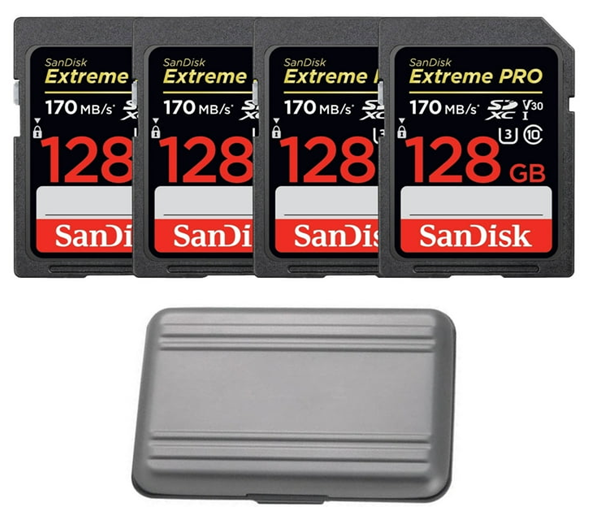Reinstall the Sandisk USB drive in Device Manager, If your SanDisk 128GB USB flash drive is not recognized on your PC, there are several possible reasons for this issue, ranging from software problems to hardware malfunctions. Here’s a step-by-step guide to help you diagnose and fix the problem.
1. Restart Your Computer
A simple restart can often resolve USB-related issues:
- Restart Your PC: Restarting your computer resets system configurations and might help your PC recognize the USB flash drive.
- Reconnect the USB Drive: After restarting, reconnect the USB flash drive to a different USB port to see if it’s recognized.
2. Test with a Different Device
Determine whether the problem is with the USB flash drive or the computer:
- Connect the USB Drive to Another PC: If it works on another computer, the issue might be with your original PC’s USB ports or software.
- Try a Different USB Drive: Connect a different USB flash drive to your PC to see if it is recognized. If it is, the original USB drive might be faulty.
3. Check Device Manager
Device Manager can help you identify hardware-related issues:
- Open Device Manager: Right-click the Start button and select “Device Manager.”
- Look for Unknown Devices: Check for any “Unknown Device” or yellow exclamation marks under “Universal Serial Bus controllers.” If you find any, right-click and select “Update driver” or “Uninstall.” If you choose “Uninstall,” restart your computer to reinstall the drivers.
- Scan for Hardware Changes: Click “Action” > “Scan for hardware changes” to re-detect connected devices.
4. Try a Different USB Port
Your PC’s USB ports might have hardware issues or be malfunctioning:
- Use a Different USB Port: Connect the USB drive to a different port on your PC, preferably one directly connected to the motherboard (e.g., at the back of a desktop PC).
- Avoid USB Hubs: If you’re using a USB hub, connect the USB drive directly to the PC to eliminate the hub as the source of the problem.
5. Update USB Drivers
Outdated or corrupted drivers can cause USB devices to go unrecognized:
- Update USB Drivers: In Device Manager, right-click on “Universal Serial Bus controllers” and select “Update driver.” Follow the prompts to check for updated drivers.
- Windows Update: Go to “Settings” > “Update & Security” > “Windows Update.” Check for updates to ensure your system has the latest drivers and patches.
6. Check for Hardware Damage
Inspect the USB flash drive and your PC’s USB ports for physical damage:
- Inspect the USB Flash Drive: Look for visible signs of damage, such as bent connectors. If it’s damaged, it might need to be replaced.
- Inspect the USB Ports: Check for bent pins or debris. Use compressed air to clean out any dust or dirt.
7. Use Disk Management
Disk Management can help you determine if the USB drive is recognized by the system but not accessible:
- Open Disk Management: Right-click the Start button and select “Disk Management.”
- Check for the USB Drive: If the USB drive appears but has no drive letter, right-click and select “Change Drive Letter and Paths.” Assign a drive letter to the USB drive to see if it becomes accessible.
- Check for Errors: If the USB drive appears as unallocated or has a file system error, you may need to format it. Note that formatting will erase all data on the drive.
Conclusion
If your SanDisk 128GB USB flash drive is not recognized on your PC, following these steps should help you diagnose and potentially fix the problem. If none of these solutions work, it may indicate a hardware failure in the USB flash drive, and you might need to seek professional help or replace the drive. Always back up important data to avoid data loss in case of hardware issues.



